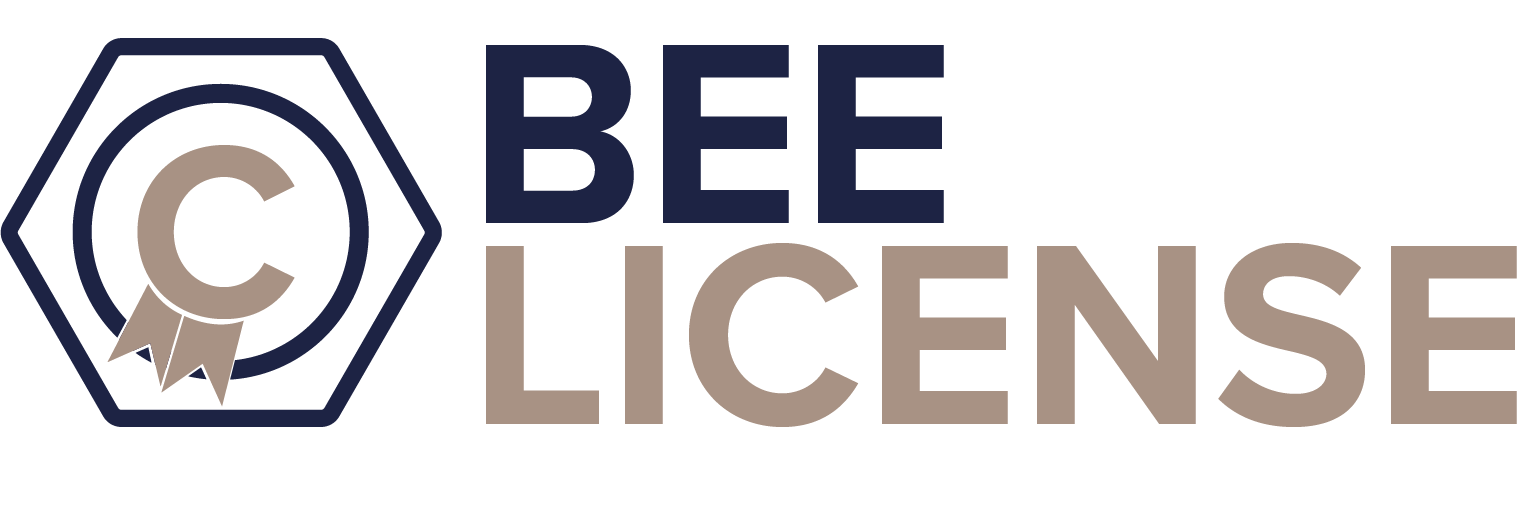What Is the Lesser Open Bee License 1.3?
The Lesser Open Bee License 1.3 (LOB License) is an open engineering license developed by Technoplane SAS
to support multi-partner research and innovation projects in aerospace and sustainable mobility.
It defines the rights and responsibilities of all contributors working under the Collaborative Bee Ecosystem
(Bee-Plane™, ISO-Plane™, Mini-Bee™, GPS 4D, and others) since 2013.
Unlike software-focused licenses such as the GNU GPL 3.0 or the
GNU LGPL 3.0, the Lesser Open Bee License applies to physical engineering works:
CAD models, simulations, test data, hardware prototypes, reports, and collaborative designs shared between universities and industrial partners.

🌍 The Purpose
The goal of the Lesser Open Bee License 1.3 is to make open innovation feasible and traceable in industrial environments where
academic, corporate, and public institutions work together.
It allows contributors to share technical results openly while protecting authorship, defining royalties, and ensuring coordinator oversight.
- Encourage transparency and sharing of research between universities and companies.
- Guarantee recognition and royalties for contributors when results reach industrial use.
- Maintain ethical collaboration under a neutral, fair coordinator (Technoplane SAS).
- Enable TRL-based project follow-up (from research → prototype → validation).
In short, it merges the open-source spirit of the GNU LGPL with contractual clarity for engineering consortia.
📜 Main Principles
- Open Access: All documentation and models created under the license are shared with the consortium and the public (unless under patent embargo).
- Coordinator Authority: A neutral coordinator (Technoplane SAS) manages project compliance, audits, and licensing references.
- Participant Rights: Each participant can use, reproduce, modify, and redistribute results within the project scope.
- Attribution: Every public deliverable must include the official mention:
“Task achieved under the Lesser Open Bee License 1.3 – © Coordinator Technoplane SAS.” - Associated Works: External proprietary components can interface with open parts without being forced open — a key difference from GPL.
- Royalties: When a licensed result is industrialized, creators receive royalties (default 7% of production costs) through coordinator-managed agreements.
🔗 Relationship to Traditional Open-Source Licenses
| Aspect | GNU GPL 3.0 | GNU LGPL 3.0 | Lesser Open Bee License 1.3 |
|---|---|---|---|
| Domain | Software Code | Software Libraries | Engineering Designs & Hardware Projects |
| Coordinator | None (required) | None (required) | Mandatory Coordinator (Technoplane SAS) |
| Commercial Reuse | Free (with copyleft) | Free linking allowed | Free reuse + royalties (7%) if industrialized |
| Intellectual Traceability | Limited to code authors | Limited to code modules | Full technical traceability (audits, reports, BeeCoin records) |
| Legal Scope | Software only | Software + interfaces | Software + hardware + documentation + data |
| Open/Private Mix | Fully open | Partially open | Hybrid (open research + private associated works) |
✅ Advantages
- Inclusive Collaboration: integrates universities, startups, and industries within one open framework.
- Legal Simplicity: clearly defines rights and responsibilities for non-software projects.
- Recognition & Royalties: contributors are rewarded when open results generate commercial products.
- TRL Alignment: adapted to research stages 1 → 3 for academic & industrial co-development.
- Ethical Transparency: open publication of models, reports, and audits builds trust between partners.
⚠️ Limitations
- Requires Coordination: projects must operate under a certified Coordinator to remain valid.
- Limited Legal Recognition: while contractually binding, it is less known than GNU or Creative Commons licenses.
- Royalty Management Complexity: needs accounting and audit mechanisms (e.g. BeeCoin records).
- Not for Pure Software: for code-only projects, LGPL or Apache 2.0 may be simpler.
🤝 Collaboration and Open Engineering Insights
The Lesser Open Bee License 1.3 is more than a legal document — it is a methodology for sustainable innovation.
It encourages long-term continuity between academic years and institutions by ensuring that each generation builds upon the previous one rather than restarting from zero.
- All deliverables (models, simulations, code, and reports) are versioned and attributed.
- Each TRL stage is auditable, ensuring reproducibility and educational value.
- Industrial partners can adopt open results legally while preserving contributor recognition.
- Students gain real-world experience in open-source project governance and licensing.
The license also introduces digital traceability through BeeCoin™ — the open-value audit token used to record and redistribute collaborative contributions.

🔗 Related Resources
- Download the Official License v1.3 (PDF)
- GNU General Public License (GPL 3.0)
- GNU Lesser General Public License (LGPL 3.0)
- Creative Commons BY-SA 4.0
- Collaborative Bee Wiki – Open Engineering Documentation
- BeeCoin™ – Collaborative Value and Audit Token
📘 Summary
The Lesser Open Bee License 1.3 bridges the gap between academic research, open source, and industrial application.
It ensures that innovation remains collective, transparent, and traceable, while protecting contributors through ethical licensing and fair redistribution of royalties.
“The Lesser Open Bee License 1.3 transforms open source from software freedom into engineering collaboration freedom.”
License authored and coordinated by Technoplane SAS – © 2025 Technoplane.
All projects under this license must cite: ‘Task achieved under the Lesser Open Bee License 1.3 – © Coordinator Technoplane SAS.’
